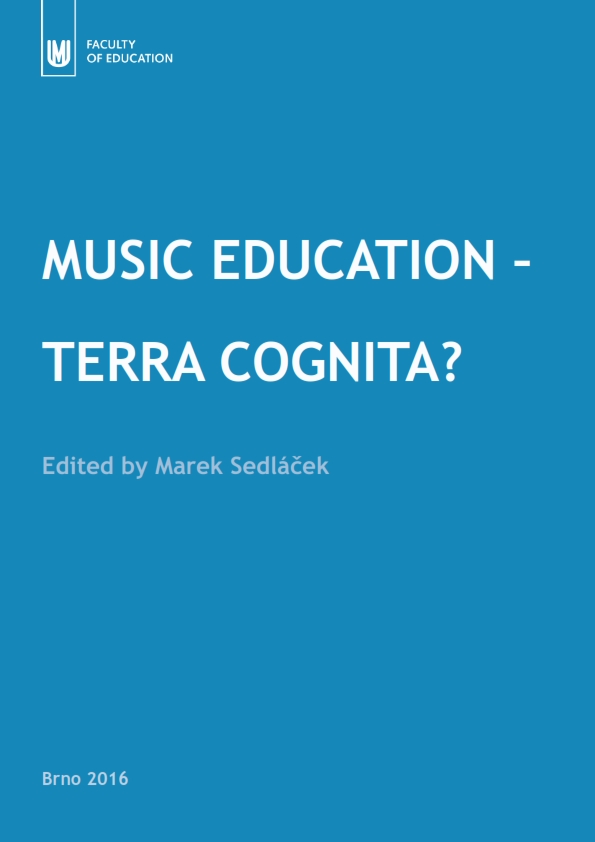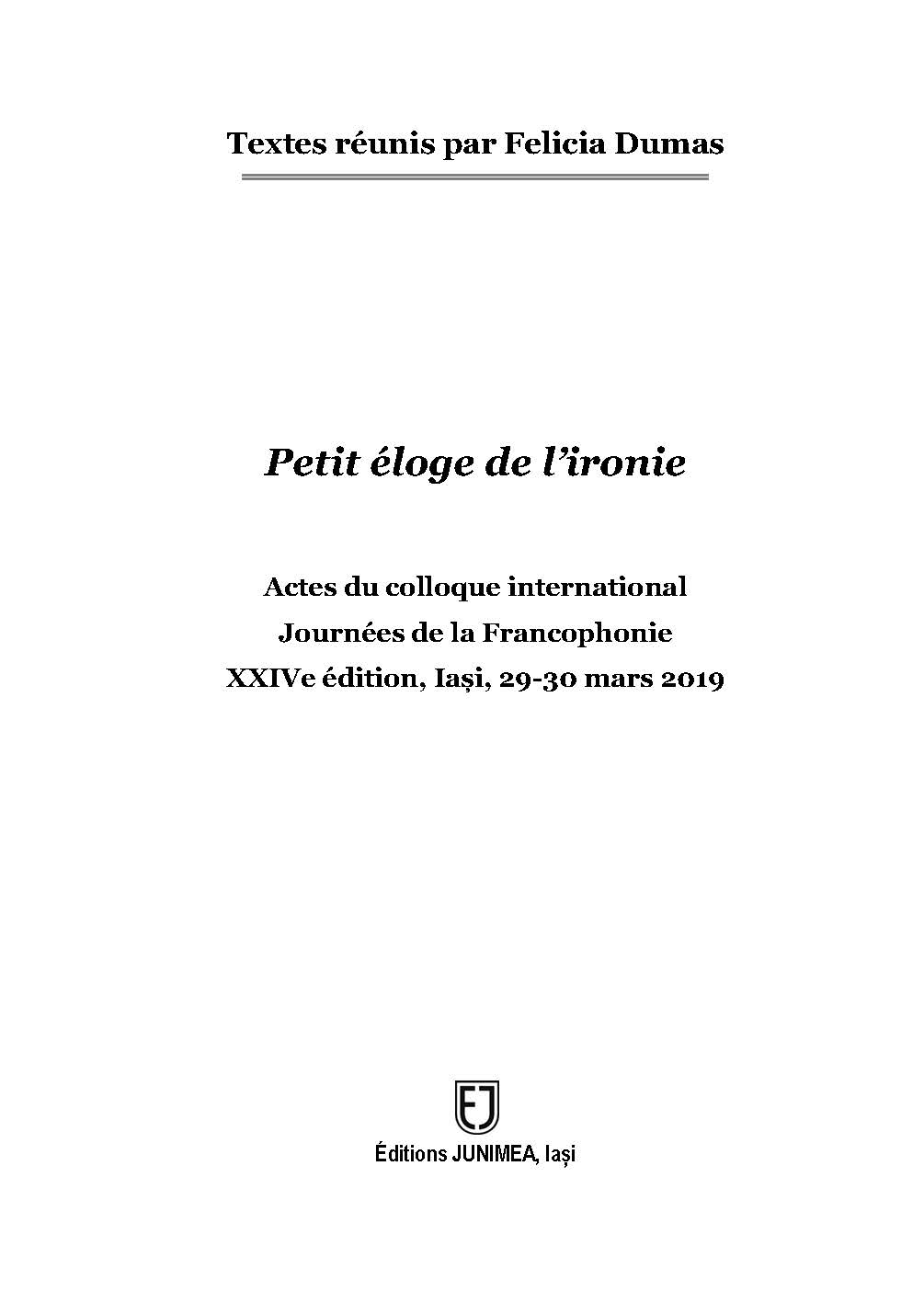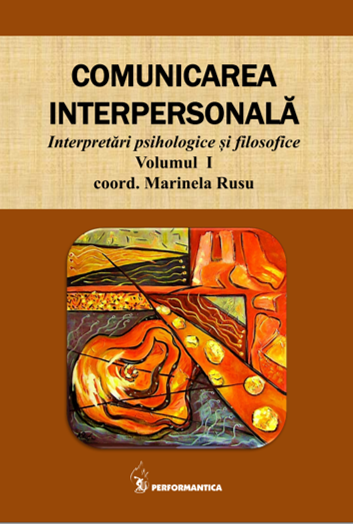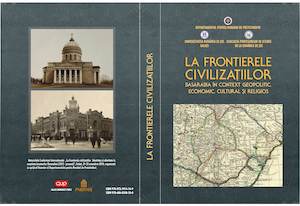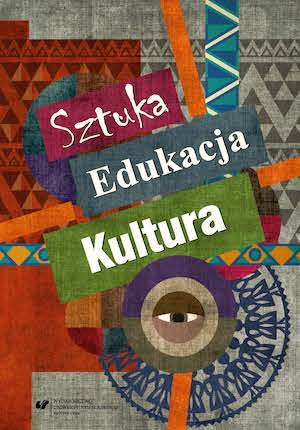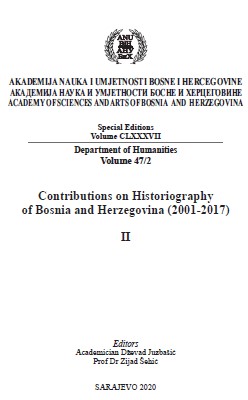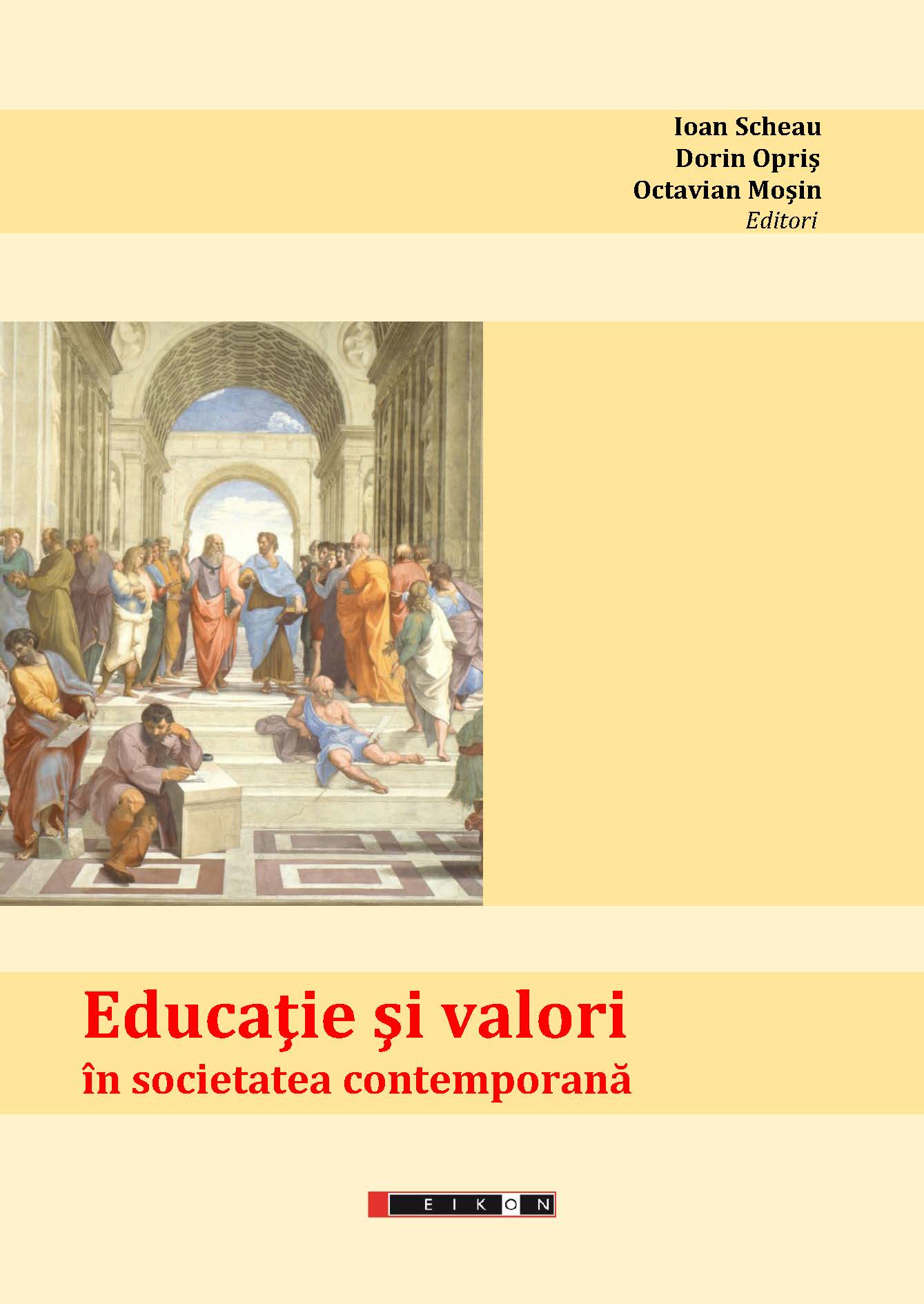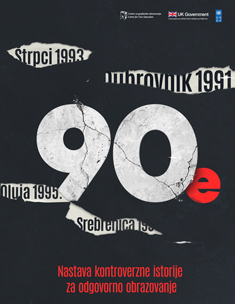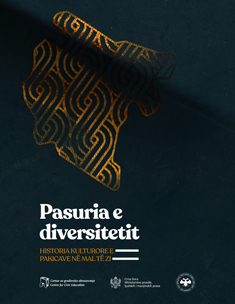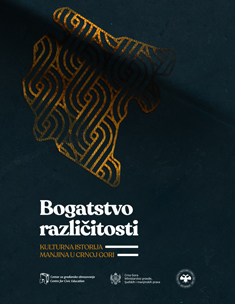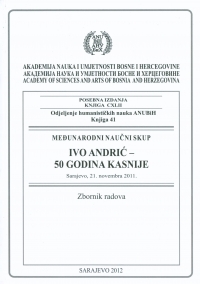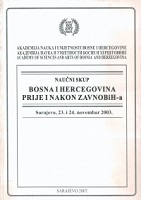Author(s): Edin Mutapčić / Language(s): Bosnian,Croatian,Serbian
Publication Year: 0
As an important turn in studying the area of northeastern Bosnia in our historical science we can characterize the doctoral thesis and later monograph “Tuzla and its surrounding in the XVI century”, which is still a pattern of monographic processing of a region in our science. In the late seventies and eighties, at last, it moves away from scientific framework that established by Ć. Truhelka and H. Kreševljaković. Consequently, in the study of the medieval history of the area of northeastern Bosnia several researchers have emerged like: A. Benković, M. Baum, Đ. Basler, B. Nilević, P. Živković, and Pavao Anđelić – which left the largest mark. The interdisciplinarity of research is present through ethnological processing of this area in the works of Milenko Filipović and Salih Kulenović. Should be noted that until aggression against Bosnia and Herzegovina in 1992, the most important event was launching of Članci i građa magazine by Museum in Tuzla (in 1958). Though, one moment leaves a large mark on the study of local historiography. That is a monographic treatment of particular areas in the Liberation War in socialist revolution. These projects opened the door to a local historiography. The poor scientific treatment of the area of northeastern Bosnia recognized by Academy of Science and Arts of Bosnia and Herzegovina four decades ago in the program DC XIII 2 (from 1986). However, at the time of the aggression against Bosnia and Herzegovina two projects of particular importance for the further development of historiography in the area northeastern Bosnia were created. Certainly, the opening of the Department of History and Geography, or History, at the Faculty of Philosophy of the University in Tuzla must have a leading role. Thus, in their works A. Kožar, B. Omerčević, S. Hadžić, S. Selimović, D. Bećirović, I. Šabotić and A. Jahić often refer to the subject matter of the specified area. The second project is magazine Gračanički glasnik where the initial duo O. Hamzić and R. Djedović, and later E. Šaković, have been printing, in double, for over two decades. In the initiative – publishing part we mustn’t forget the Archive of the Tuzla Canton and the Institute for the Protection and Use of Cultural and Historical Heritage of the Tuzla Canton, which bring together numerous researchers of the history of this area.
More...
